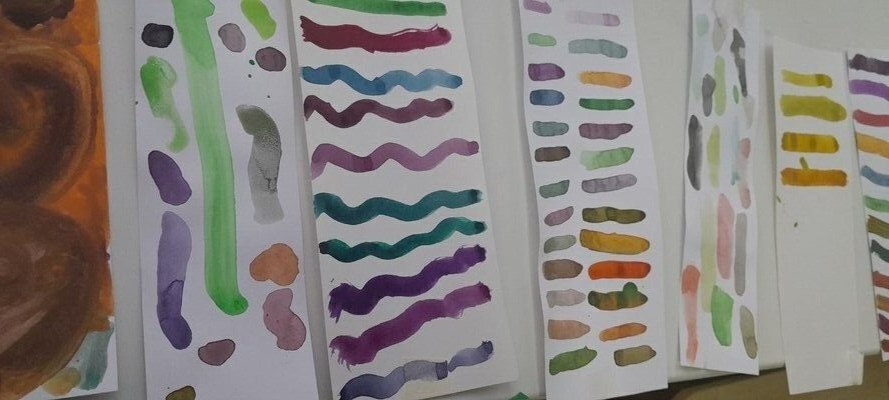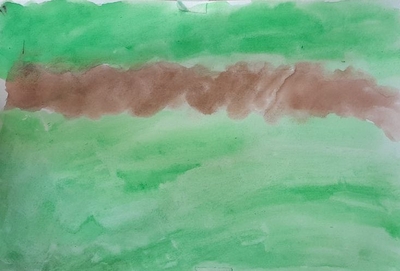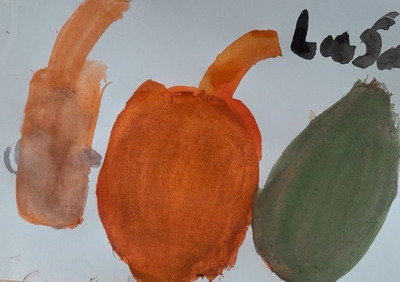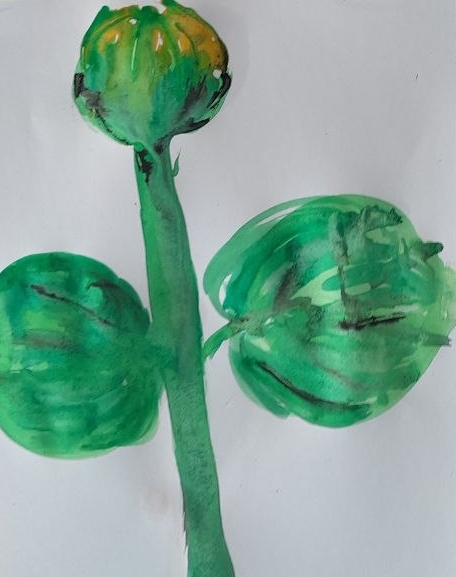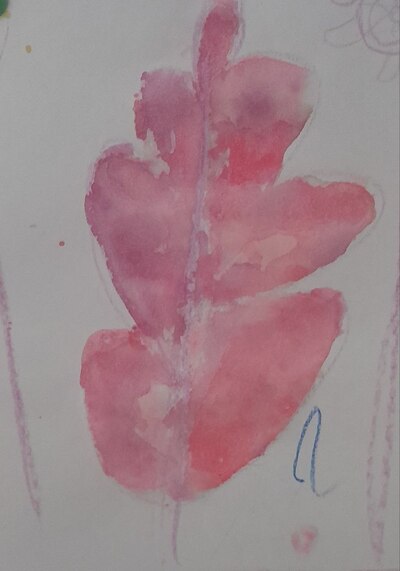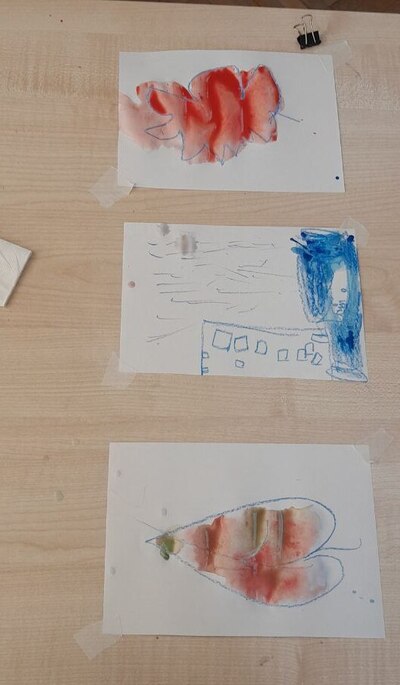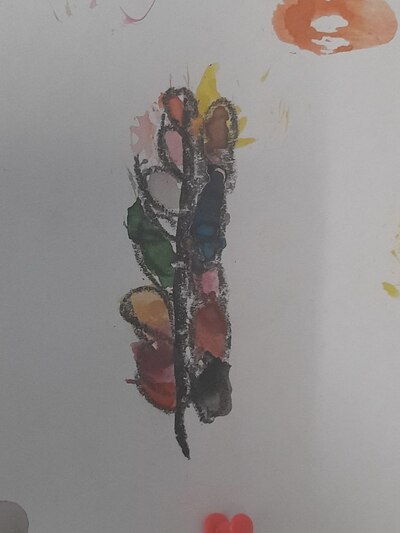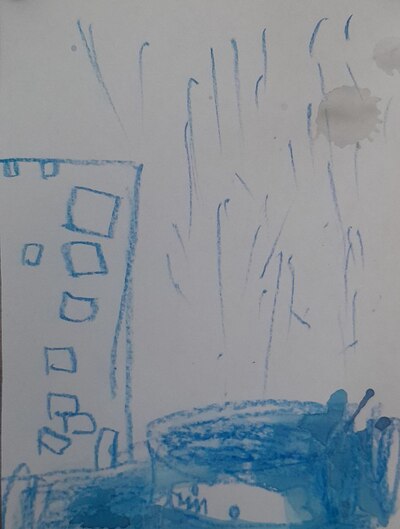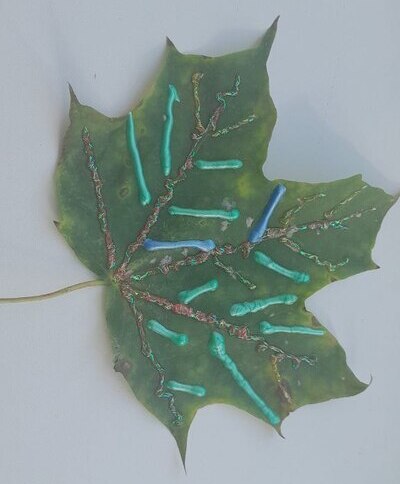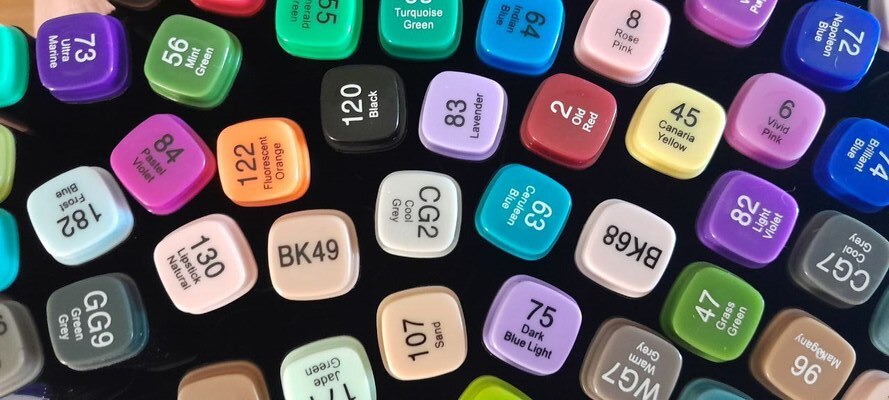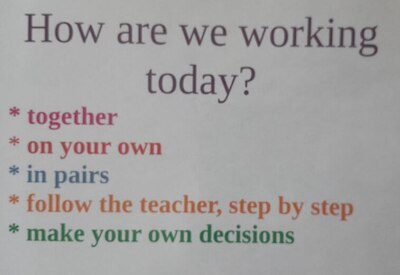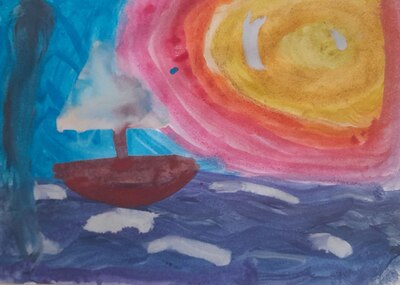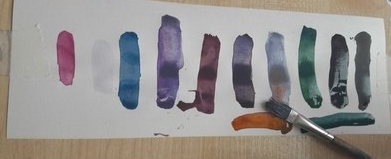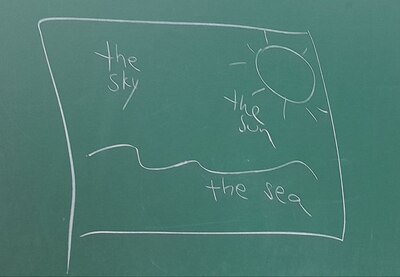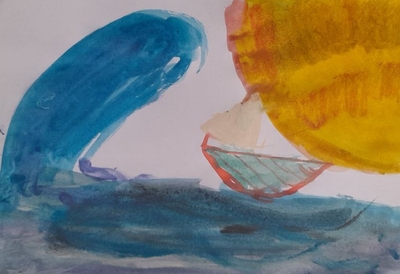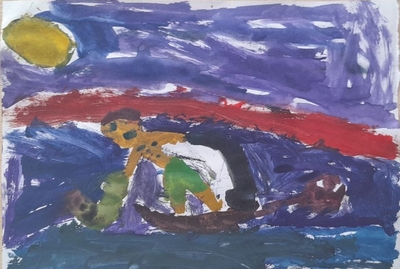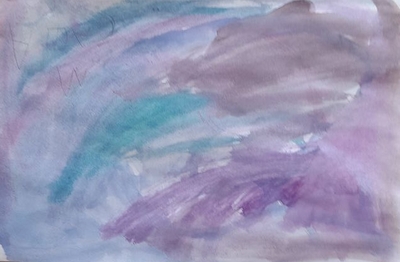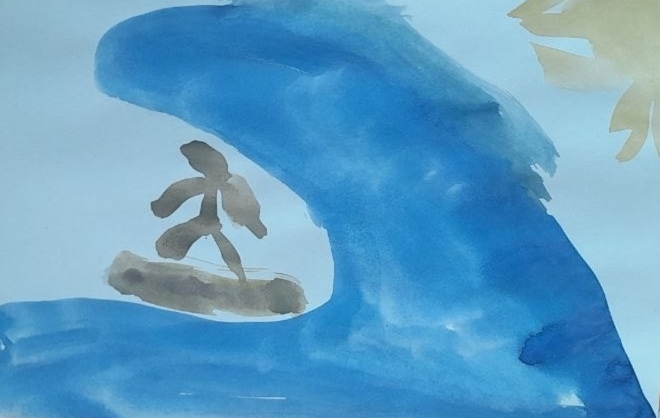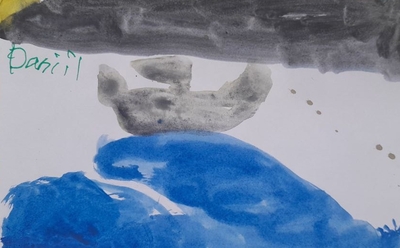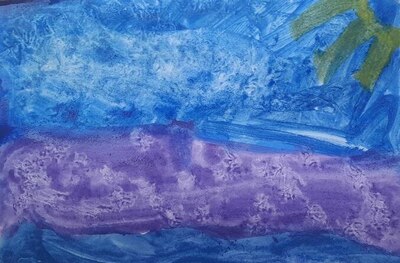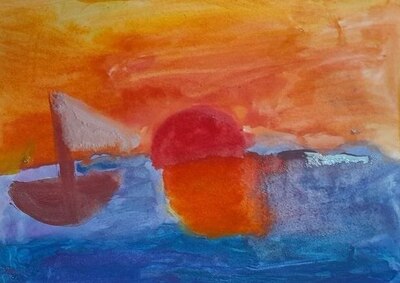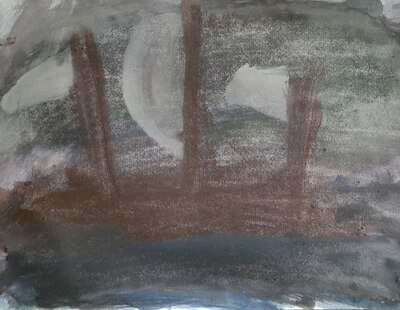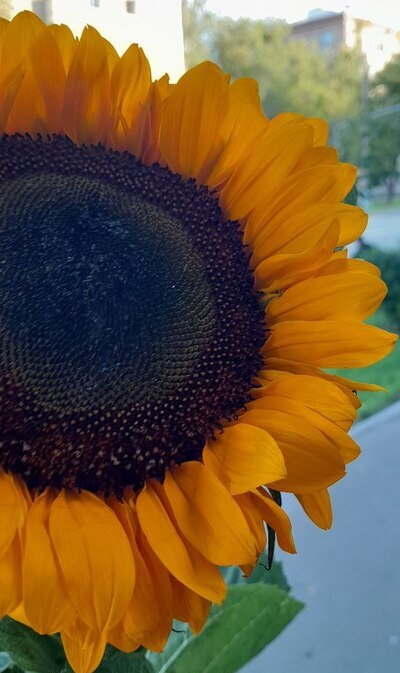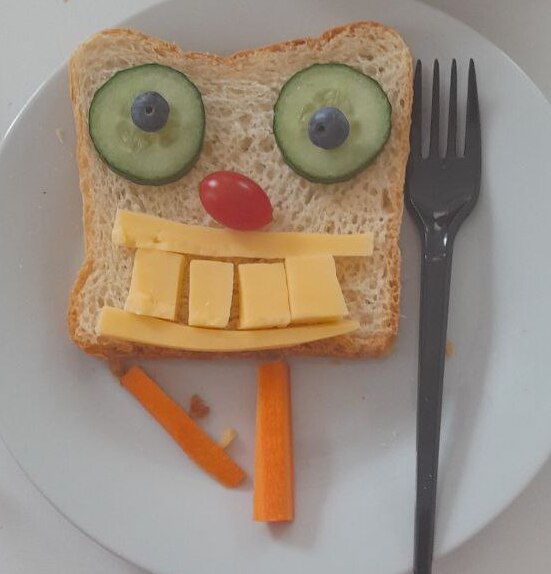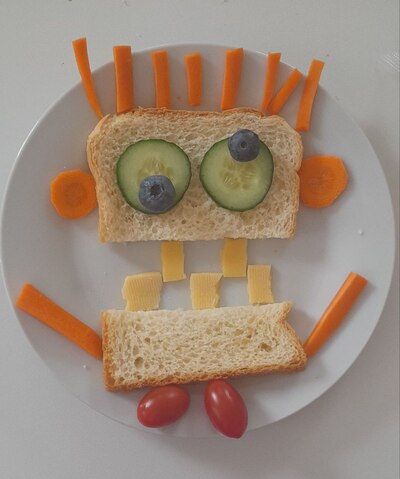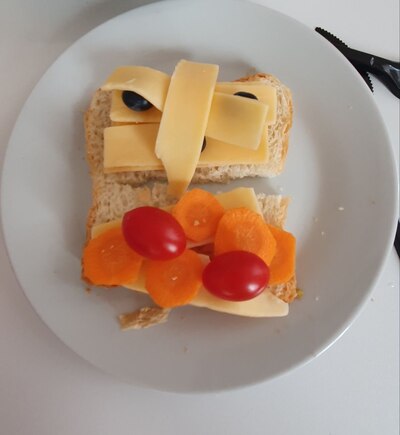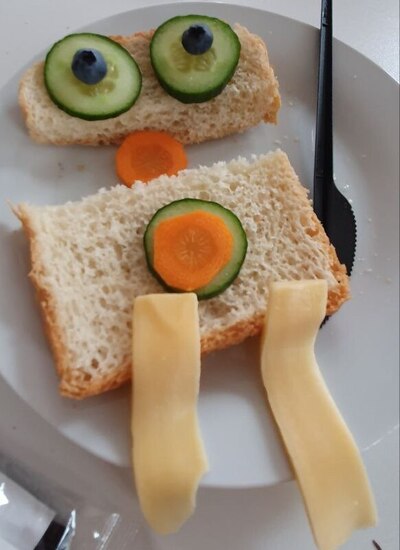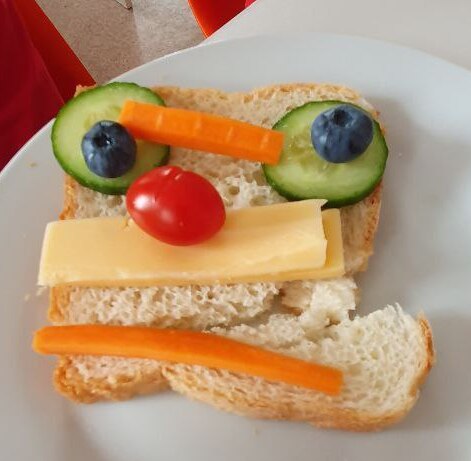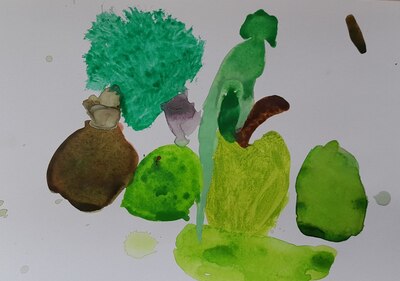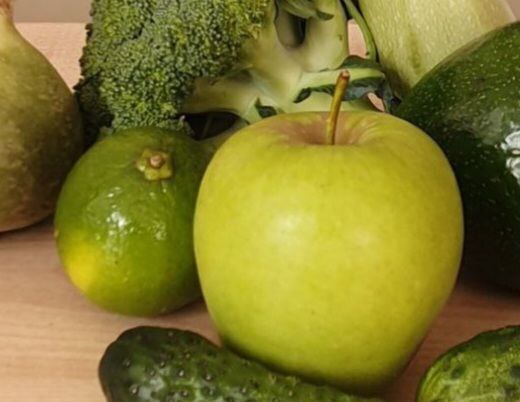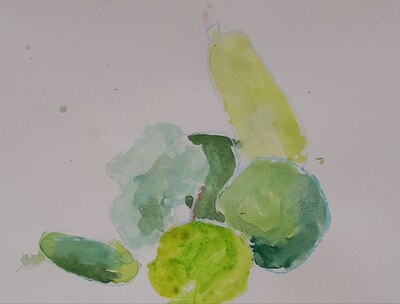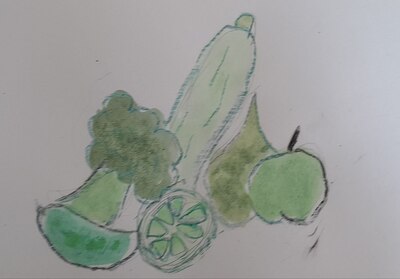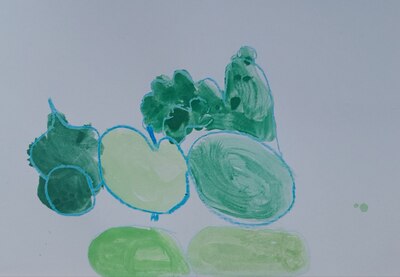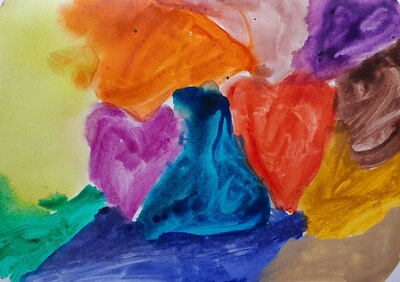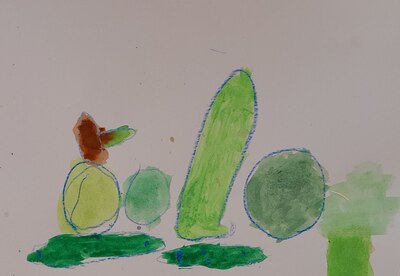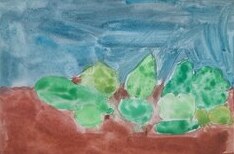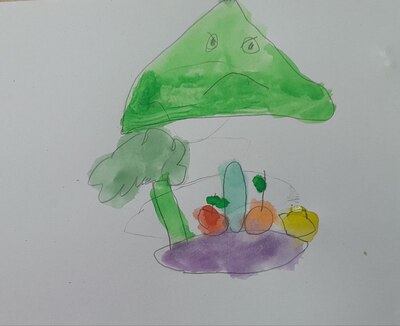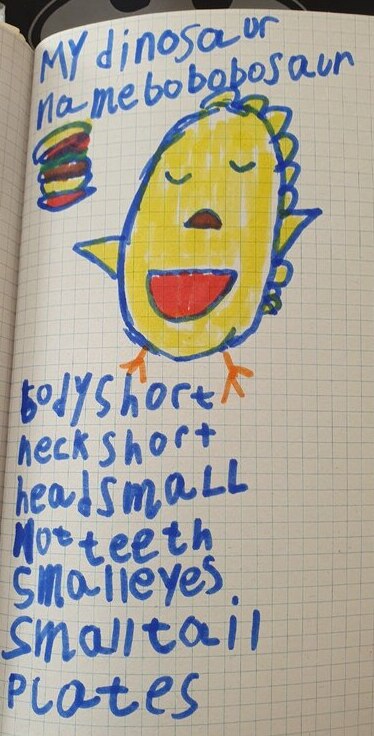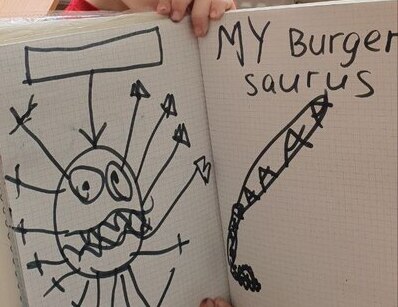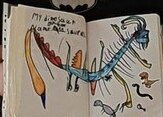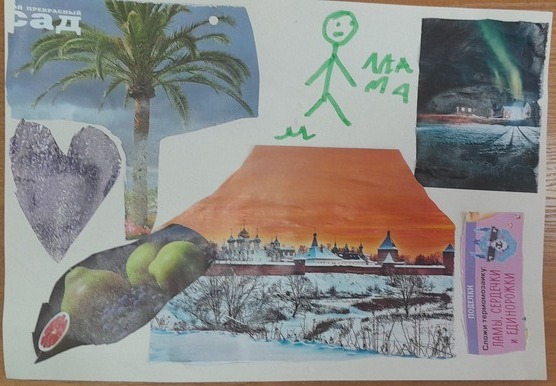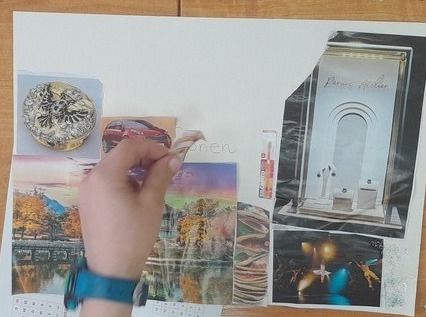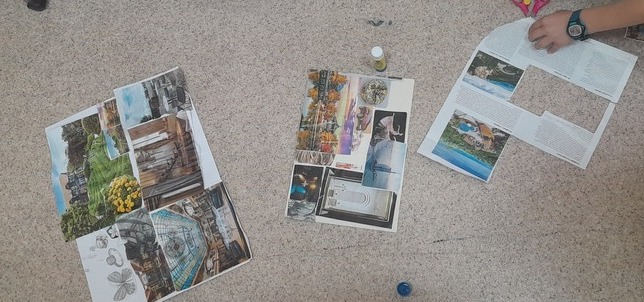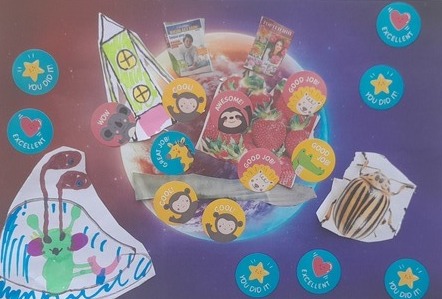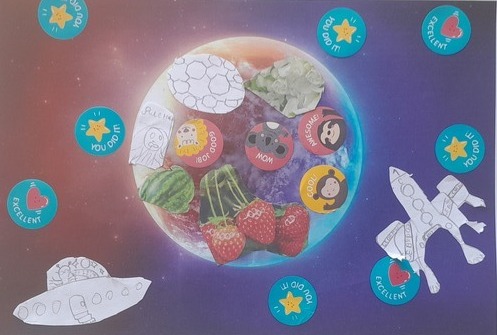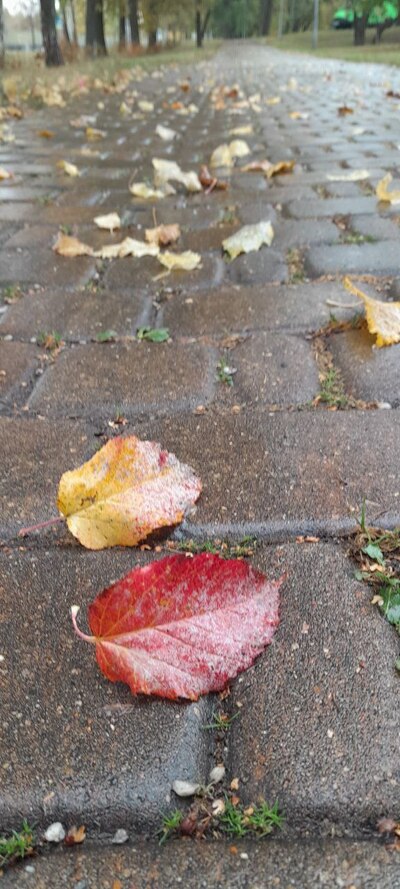
I decided to contiue with my reflection journal.
One thing is that someone else may find it useful, reading about the adventures of another teacher and realising that even for an experienced one, it is not (always) a bed of roses and that, regardless of the mileage, we work with what (or whom!) we have in the classroom, adapting methods, approaches and always being on the lookout for new solutions.
The other thing, however, is that I find it really (really) useful as a teacher. Even the very fact that I created a new post here and typed in the headings, that alone helped me see this whole month of teaching from a completely different angle. An instand reflection and understanding. It does not mean that I regret doing something or that I would introduce any major changes in the month of September. We did what we had to do but now I understand better why we did it this way.
September, back to school after three long months of no routine and no learning, that had to take its toll! I am beyond happy that my students could enjoy the summer freedom from their duties but it is true that you forget, at least some of the things that you have leant. And, mind you, not so much regarding the actual language or Maths, but, absolutely – definitely – thoroughly, when it comes to habits and routines.
Outcomes? You spent the whole month of September rebuilding it. Step by step.
Starting the lesson
As regards this stage of the lesson, we went for the principle of ‘something old, something new’. We start with our traditional ‘5..4…3…2…1…Hello everyone’ and talking about how we are plus talking about the weekend on Monday but now this part is now led by our ‘Hello Master‘. One of the students is chosen to perform this task in the beginning of the task. They sit on the chair in front of the class and ask the question ‘How do you feel today?’, not forgetting to follow up with ‘Because?’. Because? Because We Want More Language Production!
At this point, we are not using our handmade flashcards with feelings. Instead, I prepared the real ones, printed and laminated and they are displayed on the walls of the classroom. I did notice that some students look around to find something to really express how they feel. Thanks to that one of my students stopped answering ‘I don’t know’ (an answer which I used to accept, it is, after all, a valid way to feel for a human). Now he looks around and finds something to say. Usually, a few things, actually, which I am not surprised with as he is the one that seems to be able to feel a whole multitude of feelings per second. At least now, he can talk about it!
We have two other students chosen in every lesson, two Helpers, who hand out pencils, books, handouts and who help with cleaning up. Kids love helping and they treat it as a privilege. Naturally, I have to keep track of the names and roles, or else, I am in trouble.
Afterwards, we sing our Month Song, I start and then, whoever has an idea, they sing, too. I love this part of the lesson and I see that they really use it to express how they feel on the day or to joke about me or themselves. And it is all improvised!
Rules and classroom language
Aside from the feelings, we are now in our own classroom and we can display whatever we want on the walls, just the way I like it! So, aside from the days of the week, the months, the sight words and the feelings cards, I also added all the rules, so that we always have them in front of our eyes.
One of the Helpers always reads them in the beginning of the day and we refer to them during the lesson. The next step will be adding the real classroom language, all the verbs and phrases we need during the lesson. After all, we still have some room on the walls and they pay attention to what’s there!
Rewards chart
A rewards chart has become an important part of our lessons in September, as a visualisation of what they do AND as an instant reflection faciliation tool.
I did experiment with it a little bit, over the month of September, using what I have learnt so far (a post is here) and, let me put it like that, because of my students, I managed to learn even more about the effective use of a rewards chart.
In the end, after experimenting and finding quite a few things that don’t work with my current audience, I decided to keep it simple. We have a list of names, all of them with attendance (either a plus or a little comment ‘Where is Sasha?’ or ‘Sasha is ill’), some of them with the badges (Helper or Hello Master) and, as we go along through the lesson, I add stars for the completion of the tasks and, sometimes, special stars for some additional achievements, for the extra work that is optional. This week I also started to add some verbs that describe the kids behaviour, the unwanted behaviour. It is not a minus or a sad face, it is just a neutral description i.e. talks or disturbs a friend etc, and, of course, they are there only to signal that there is something that they should not be doing and, naturally, if they cease, I erase. It has worked so far and the language is as neutral and bland as possible. ‘Only facts’.
Last week I also used it in the end of the lesson, to thank those few of my students who were great players during our competitive game. However, for that, I used a different symbol, a big smiley. More of that a bit later.
We also keep a lesson plan, or actually 2. I have my own, on the board at the back and I write a short, funny version of it on the main board, for the students. We keep erasing bits of it as we go through the lesson. I normally wrote it as bullet points and changed it only this week, to a snake (a theme of the day) but one of my kids asked to go back to the bullet points list as it is, apparently, easier to read. OK, point taken, thank you.
Since we are still getting used to the life in the classroom, I had to go back to another item: ‘time left’ on the board as it really helps my students manage their attention and focus during the lesson. As I have written before, it is also an interesting resource of feedback for me, because, naturally, they ask more in some lessons and less in the others so, this is one more signal of how we are going on.
Songs and story
I decided to put these two categories together because this month, to some extent, we have abandoned songs and stories. Not fully, oh no, these are the two things that I love doing in the classroom and I would never give up on them. But the month of September saw fewere of them, in comparison of what we did last year.
We do have our Month Improvisation Song in the beginning of the lesson and the other song, taken from Superminds 3, ‘School is cool’ which we love, we love to change (‘School is not cool’) and which helped us practise school subjects. We also did listen to some of our favourites from last year but, overall, there were fewer songs.
The same applies to stories. We did Dr Seuss, ‘I’ll teach my dog 100 words’, to revise and to practise verbs and one long story, ‘Johnny’s Story’ from Superminds 3 which we read, listen to, talked about and created our own versions, too. I really wanted to use this one because it is quite long and I have a few Johnnys in my groups. We definitely can relate! But, again, only two stories in four or five weeks.
I have my reasons! Hear me out! It seems that, subconsciously, I wanted to cut down on the number of stimuli and new things in the lesson, based on how much we struggled with remaining seated. Literally. It helped a bit and we will definitely add more stories and songs in October!
Socialising
This was one aspect of our classroom life that we had to work a lot on. What the kids forgot, apart from the routine and rules, were the social norms and the bond and friendships, or, in some cases, the kind tolerance we had developed towards each other in year 1. Sigh.
As a result, we had to work on that A LOT in September and this is how we did it:
- I experimented a lot with different seating arrangements. Throughout September, kids would sit with different partners every day. I wanted to experiment in order to find out the best and the worst combinations. In the beginning, we used the September words and it was random but after two weeks I started to assign seats (using the chalk marker) to write the names on the tables for everyone and reflecting after the lesson. At this point, after a month, we are pretty much aware of what works best and, aside from little changes, everyone has their own seat. Some kids sit in a trio, some in pairs, some in a pair but with tables apart and I have some outsiders who sit at the front but at their own separate island. That said, we also regroup, too, for some of the activities.
- We have done a crazy amount of pairwork. Only last week, over three lessons, we did comparing pictures (Flyers), playing a dice game, playing a guessing game, comparing how often we do things based on our notes, played a team game various times, with different teams. They did well!
- We did lots of competitive games because NOW WE CAN! I am so proud of my students that another article will have to come out of it! Because of all the work we did last year, over the summer with some kids and over those four weeks of September, the kids are now simply amazing at managing their emotions and taking the defeat without tears. It was not easy, not at all, but we made it. I am just so proud! We now have a habit of getting together in a team, thinking of a name and negotiating a lot while in-game, in order to achieve the best results. In that sense, that is also a thing that works towards being a part of a group.
- I believe that also all the other things that we do, as one big group, that also helps to remind us that we are a team: our rules, our classroom, our cards, names, all of the rituals and traditions, our notebooks and books.
Creativity
We didn’t do any real projects apart from the first one, on day 1, but we were very creative in September. Starting this year, my school introduced a new lesson, the homework time, that is obligatory for everyone and serves as an opportunity to catch up on things that haven’t been finished during the regular lessons or completing some additional tasks. And, so far, that has been so much fun!
First of all, these are the tasks that my kids do with our T.A., so there is a different vibe to them. Sometimes, we do English and on some days Maths, depending on the day. Sometimes these are just ‘some more exercises’, the repetition and revision of what we did in class and how we did things in class but, often, these tasks are more creative, for example creating stories, sentences and Maths tasks for me. I am able to check them only the following day but when I do, I usually laugh a lot because my students are having fun, with Maths and with the language.
Having said that, the time for a real project is coming up!
Teacher
Over these few weeks of September, I have generally calmed down and got my feet back on the ground because we have been more under control of everything taking place. There are still a few issues to resolve but we are getting there, step by step.
I am really happy because I can see, on daily basis, how much progress my students have made. They are so much better at reading and they do remember quite a lot from Maths, too. Hooray to that! And onto the next one!
Happy teaching!
